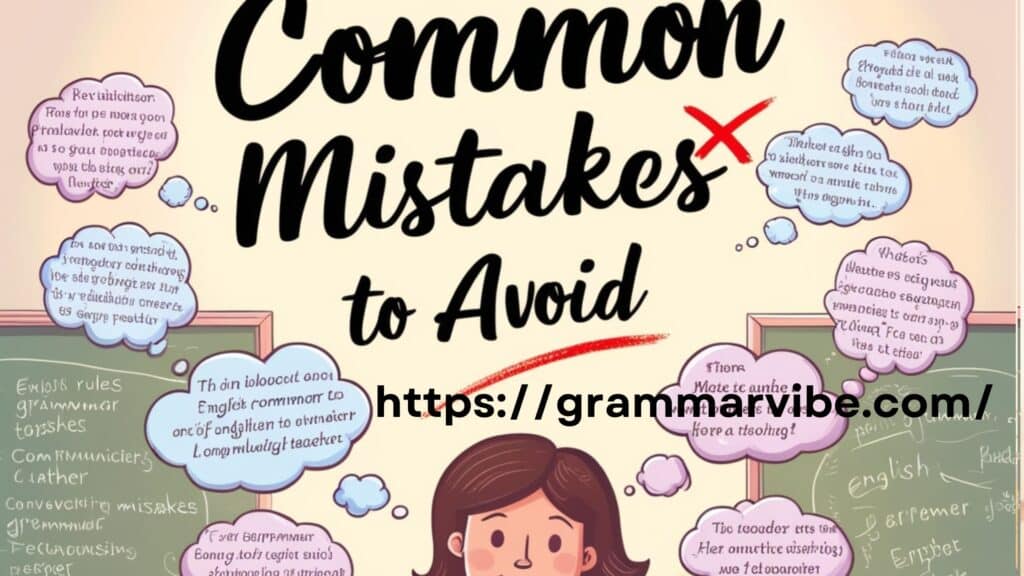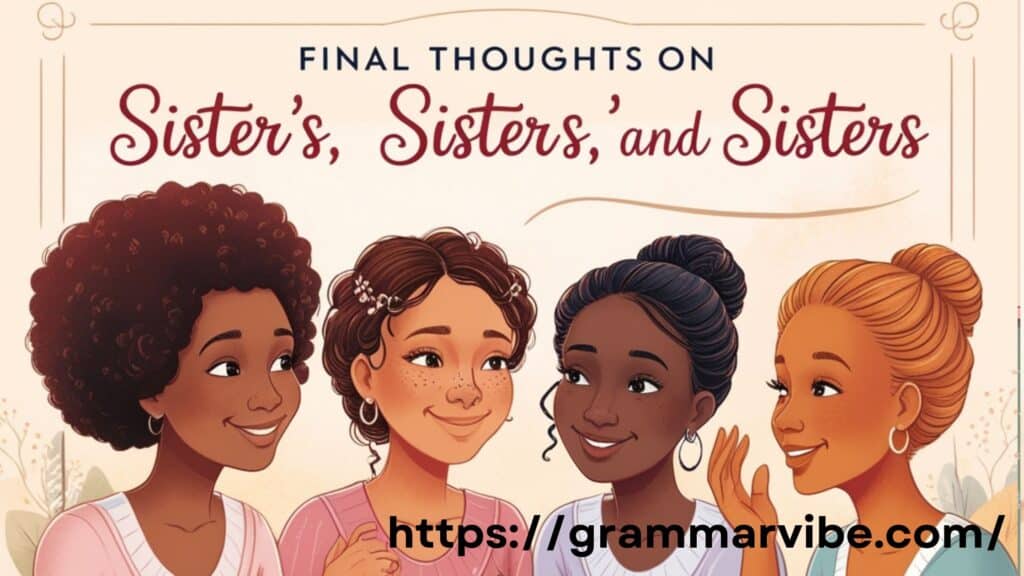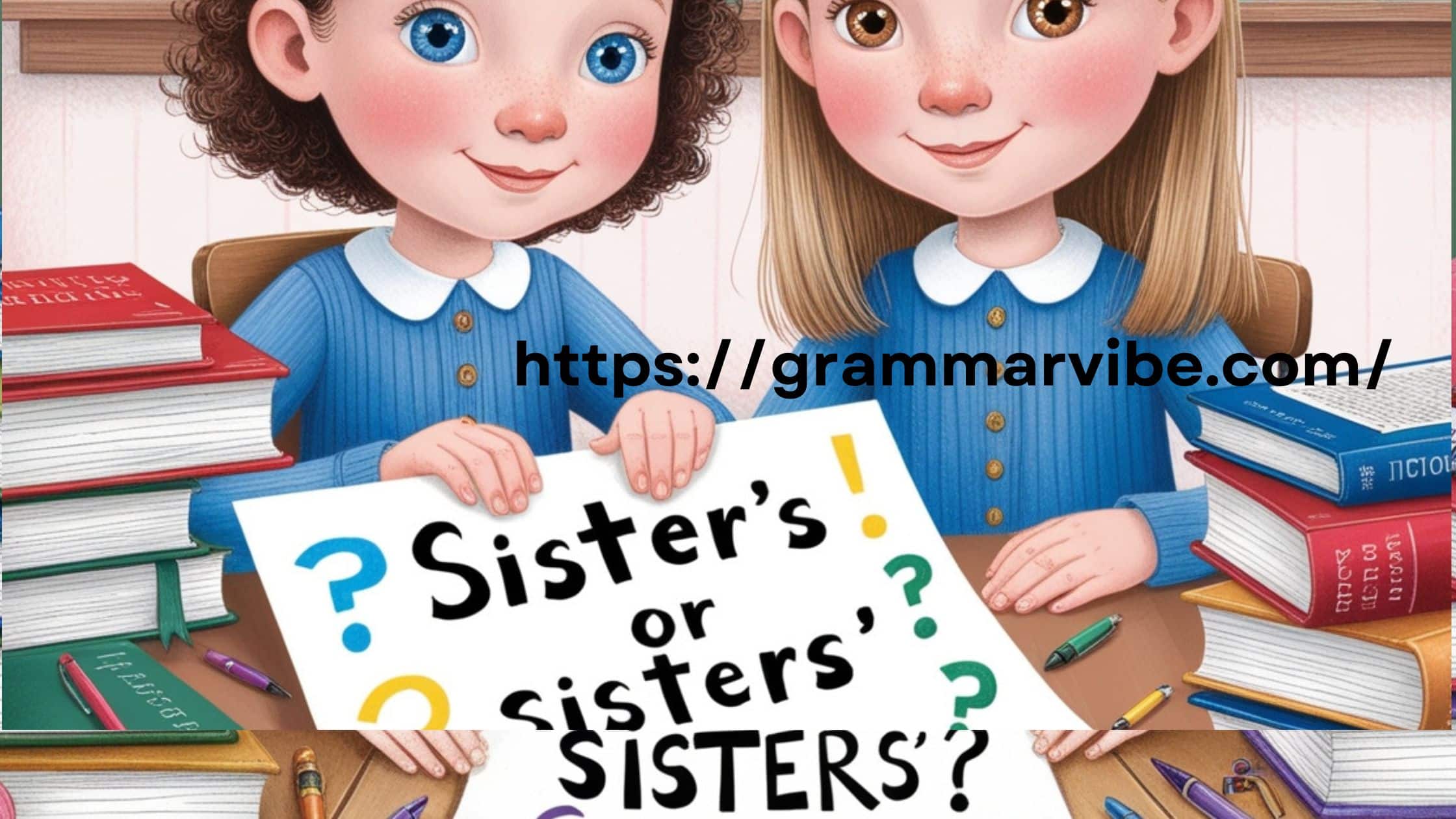When writing about family, it’s essential to understand the correct use of possessive forms in English grammar, especially when referring to sister, sisters, sister’s, and sisters’. These small differences may seem insignificant, but they play a huge role in maintaining clarity and correctness.
This guide will help you understand the singular possessive, plural possessive, and plural form of the word “sister” and when to use each one. We’ll also provide sentence examples to illustrate the correct usage, making everything crystal clear.
Understanding the Basics of Apostrophes
Before we dive into the examples, it’s important to review the rules of apostrophe use. Apostrophes in English indicate either possession or contraction. When used for possession, they change based on whether the noun is singular or plural.
For instance:
- Singular possessive: The cat’s toy (one cat, one toy)
- Plural possessive: The cats’ toys (multiple cats, multiple toys)
This distinction is crucial when dealing with family terms like “sister” and sisters. Let’s break down the various forms and provide real-life scenario examples for each.
Recommended reading: Doctor’s or Doctors’
Sister: The Plural Form

First, let’s talk about sisters without an apostrophe. This is simply the plural form of sister. It’s used when referring to more than one sibling. There’s no ownership or possession implied here. You’ll use this form when you’re talking about two or more sisters without attributing something to them.
Example Sentences:
- Both of my sisters are attending the family reunion this year.
- My sisters share a strong bond, and they love spending time together.
In these examples, there’s no need for an apostrophe because you’re not indicating possession. You’re just talking about more than one sister. Whether you have two, three, or ten, the pluralization rules apply without the need for an apostrophe.
For your interest: Other Ways to Say “Thank You for Responding Quickly”
Sister’s: The Singular Possessive Form
When we talk about sister’s, we are now indicating that something belongs to one single sister. This is the possessive form of sister when you refer to something that belongs to one person. You’ll need to use an apostrophe before the “s.”
Example Sentences:
- My sister’s car broke down on the highway. (Only one sister owns the car)
- Her sister’s advice has always been valuable to her. (One sister, giving advice)
Notice how the apostrophe before the “s” indicates that the object or concept in question (car, advice) belongs to one single sister. This is a great way to express both physical and abstract possession. Whether you’re talking about her belongings or her sister’s characteristics, you use sister’s for one person’s ownership.
You might also like: Roberts’ or Roberts’s
Sisters’: The Plural Possessive Form
Now let’s move on to sisters’, which indicates that something belongs to multiple sisters. The apostrophe comes after the “s” because we’re talking about the possession of two or more sisters.
Example Sentences:
- My two sisters’ house is beautifully decorated. (The house belongs to both sisters)
- The sisters’ achievements in sports are well-recognized in the community. (Multiple sisters with significant achievements)
In both examples, the possession belongs to more than one person. If you have multiple sisters who share ownership of something, you must use sisters’. This form highlights family relationships and shared achievements and talents among siblings.
Check out this: Lucas’s or Lucas’
Possessive Form of Sister: Real-World Scenarios

Scenario 1: Borrowing Your Sister’s Clothes
Let’s say you have one sister, and you often borrow her clothes. In this case, you would say:
- “I borrowed my sister’s jacket for the concert.”
In this scenario, there’s only one sister, and the jacket belongs to her. The possessive form is clear through the apostrophe usage before the “s.”
Scenario 2: Discussing Multiple Sisters’ Vacation Plans
Now imagine you have two sisters, and they’re planning a vacation together. You would say:
- “My sisters’ vacation is scheduled for next month.”
Here, the apostrophe comes after the “s” because both sisters are going on vacation. This is an example of plural possession.
Scenario 3: Talking About Sisters in General
If you’re simply referring to the fact that you have more than one sister, with no possession involved, you might say:
- “My sisters are very close; they always support each other.”
This sentence structure shows no ownership, just the fact that you have multiple sisters.
For your interest: Ross’s or Ross’
Common Mistakes to Avoid

One of the most common grammar errors involves mixing up sister’s, sisters’, and sisters. To ensure clarity in your writing, it’s crucial to understand these distinctions:
- Sister’s: One single sister possesses something. For example, “My sister’s phone is on the table.”
- Sisters’: More than one sister possesses something. For example, “My sisters’ plans are still undecided.”
- Sisters: This is simply the plural form of sister with no possessive involved. For example, “My sisters are coming over for dinner.”
Grammar rules for possessives are vital to get right, especially in writing that involves family terms like sister, brother, or parent. These nuances, though subtle, make your sentences easier to read and understand.
Apostrophes and Their Importance in Possession
When used correctly, apostrophes in possessives make it easy to identify who owns what. Consider the difference between these two sentences:
- My sister’s painting won first prize. (One sister, one painting)
- My sisters’ paintings were displayed at the gallery. (Two or more sisters, multiple paintings)
In the first sentence, the apostrophe before the “s” shows that one single sister owns the painting. In the second sentence, the apostrophe after the “s” shows that multiple sisters are involved, and they both or all have paintings in the gallery.
Getting these apostrophe rules right ensures that your readers won’t be confused about who owns what.
Final Thoughts on Sister’s, Sisters’, and Sisters

The correct usage of sister’s, sisters’, and sisters is essential in both spoken and written communication. Whether you’re talking about possessions, shared activities, or just your family relationships, knowing the right form will help your message come across clearly.
Remember the following:
- Use sister’s for one single sister owning something.
- Use sisters’ for multiple sisters owning something.
- Use sisters when simply referring to more than one sister without indicating possession.
By understanding these differences, you can avoid common grammar mistakes and express yourself with precision. Plus, your writing will look professional and polished. Whether you’re talking about your sibling bond, shared achievements, or individual traits, choosing the right possessive form will enhance your clarity.
Use this guide as a reference next time you’re unsure about the correct form, and don’t forget the importance of the apostrophe in indicating possession!
Now you should feel confident using sister’s, sisters’, and sisters appropriately. These small grammar rules make a big difference in your communication, helping you express both individual and collective achievements and talents with ease!
Table showing all the possessive forms mentioned above:
| Form | Description | Example |
|---|---|---|
| Sister | Singular noun (one sister, no possession involved) | My sister is an avid reader. |
| Sisters | Plural noun (multiple sisters, no possession involved) | My sisters are planning a camping trip next month. |
| Sister’s | Singular possessive (something belongs to one sister) | My sister’s car is in the driveway. |
| Sisters’ | Plural possessive (something belongs to multiple sisters) | My sisters’ apartment is beautifully decorated. |

Kyren Paul is an experienced blogger and the creative mind behind “Grammar Vibe.” With a passion for the nuances of English grammar, he brings clarity and insight to everyday language topics, making grammar accessible and engaging for readers of all levels.











Leave a Comment